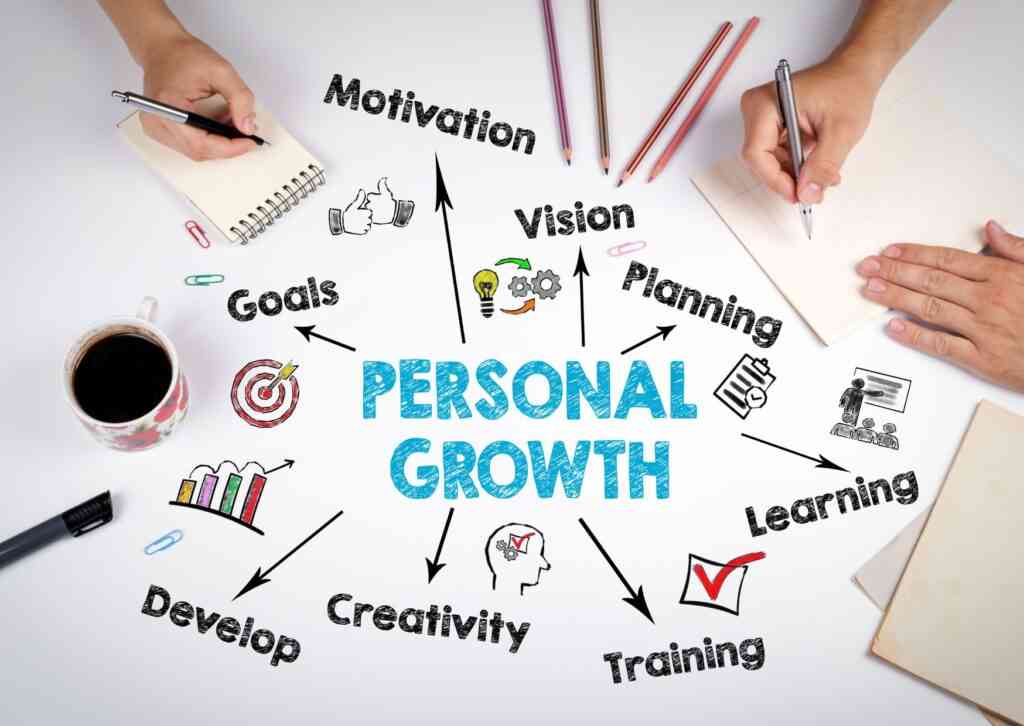
guest column:David Mhlanga
The COVID-19 pandemic came as a surprise to everyone. All the sectors of the economy were affected. The threat of the pandemic caused a total closure of economies which also forced schools to be closed.
The closure of schools forced stakeholders in the education sector across the world to think of innovative ways to save the academic year.
As a result, learning migrated from face-to-face to online. Various digital tools were used in the process, cellphones, laptops, microsoft teams, Zoom, Google docs and many others.
In many countries such as South Africa, learning continued even during the lockdown, especially in towns where learners had access to various digital tools. The COVID-19 came with a strong message to everyone that digital tools could be useful and effective in facilitating learning.
The question which remains is: Will the education sector outrightly move back to face-to-face when the threat of COVID-19 subsides.
The purpose of this article is to show that going forward the education sector should move towards blended/hybrid learning.
Blended learning is a mode of teaching and learning which involves invaluable contact hours carefully fused with educational technologies, thus capitalising on the strength of both face-to-face and online engagement.
- Chamisa under fire over US$120K donation
- Mavhunga puts DeMbare into Chibuku quarterfinals
- Pension funds bet on Cabora Bassa oilfields
- Councils defy govt fire tender directive
Keep Reading
It is important to note that face-to-face engagement is not replaced by technologies. But blended learning combines online educational materials and opportunities for interaction online with traditional place-based classroom methods.
This method requires the physical presence of both teachers and students, with an element of student control over time.
Blended learning and e-learning share some common features, but with e-learning, place-based classroom methods are replaced by webinars, but blended learning encourages personalisation of the e-learning experience by combining the best aspects of in-person teaching with technology-based e-earning methods.
There are many benefits of blended learning as it broadens the learner experience, as learners can get support anytime anywhere, and it reshapes the role of the instructor.
Essentially, through blended learning, online and instructor-led training is complementary and creates an integrated learning environment.
The long-term result is enriched learning for students, and even administrative and workload relief for lecturers.
It is believed that blended learning offers learners convenience and flexibility; learners can control their learning pace and learn remotely sometimes.
Empirical evidence indicates that blended learning offers learners a more comprehensive understanding of the course content because it allows learners to interact with instructors and fellow learners, in a way social learning is fully supported.
Also, it is believed that blended learning reduces face-to-face training costs, such as travel, accommodation, and printed training materials.
As a result, it increases access to education because the barrier of space is dealt decisively.
The other important factor to note is that blended learning is a more efficient and cost-effective way of teaching and learning.
Companies can use a variety of learning management systems and e-learning methods, such as webinars, which lead to better learner engagement.
Organisations which offer education as private businesses may realise a quicker and greater return on investment. In some instances, it is also easier to track exactly who has or hasn’t, completed training.
The other important benefit of blended learning is that it does not require a complete online overhaul of the existing teaching practice, as technology is by no means a silver bullet for pedagogical challenges.
In a way, blended learning involves teaching strategies augmented by effective, value-adding information and communication technologies.
However, blended learning can only be effective when informed by the organic needs of a discipline’s unique context. It is also vital to note that the effectiveness of blended learning varies from one department to another. In short, blended learning should not be a one size fits all approach.
Research also indicates that the pedagogical benefits of a blended approach depend on the promotion of different ways of learning such as discussion, investigation, practice, production and collaboration as opposed to only passive learning.
The other important factor to consider in achieving the benefits associated with blended learning is that there need to be both commitment from teaching staff and institutional support for their efforts. Technological means should be readily available and support networks need to be continually accessible.
Sometimes switching from face-to-face learning can take sometime when incorporating blended learning into the institution’s learning strategy.
Starting slow enables the institution to assess what is working from a content perspective, but also gives learners time to adapt gradually to the blended learning concept. It is important to note that blended learning should not be used just for the sake of it. Learning goals need to be identified and effective analysis of how each goal could be achieved in an online and/or offline setting should be established.










